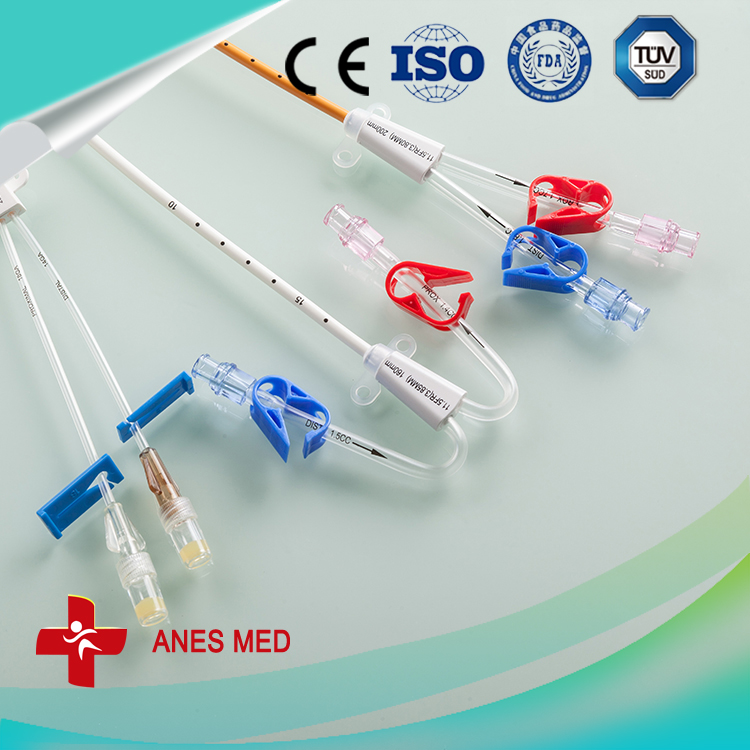Every year, there are a large number of species of foxes that are transported by the railroads, especially in spring and autumn, and are the golden season for fox transportation. Because many people lack the knowledge to transport foxes, they are often hindered during transport and even suffer undue losses. According to many years of experience, fox transportation and health care should do the following. First, the instructions before transport. The foxes are living animals. The railway transport department generally purchases foxes to escort themselves. In order to enable the animals to reduce the links and time on the way, the transportation departments will use “Express Self-invoicing†to accompany them on schedule, reduce the transit time, and assist customers with the fastest time. Before consignment, you must first contact the luggage room, fill in the consignment note, together with the "quarantine certificate" to the station. Second, the selection of foxes. When choosing a fox, choose a well-proportioned, lively, healthy bred fox that matches the breed's standards. The fox is best when it is thick, with long tails and fluffy. The person who purchases the fox should visit the site and carefully observe the diet, feces, and modalities of the foxes to be purchased. It is possible to see whether there is an outbreak. At the same time, it is required to obtain the “Veterinary Quarantine Qualification Certificate†issued by the local veterinary epidemic prevention department and the “Disinfection Certificate of Animal and Animal Products Delivery Vehicle†issued by the selling entity. Third, the choice of transport equipment. According to the requirements of the railway transport department, the fox transport cages should be sturdy and durable, and they should be made of welded wire mesh. One cage should be installed, and every two or four cages should be integrated. If the cage is not enough, and the transport distance is short, the foxes can be put together, generally two are appropriate. When making a cage, attention should be paid to the size of the welded mesh, and the 2.52.5 cm size should be used. The small mesh of the welded mesh in the middle of the two cages prevents biting of the fox's front claw into another cage. IV. Precautions during transportation 1. Dispose of the cage and utensils before transport. The foxes should be added with antibiotics or sulfa drugs in the feed a few days before departure. 2. When transporting, use a plastic cloth to wrap the cage in order to keep the fox quiet and avoid feces from contaminating the cabin. But leave vents to prevent suffocation. 3. In the middle of transportation, when it takes more than 3 days, it should be fed with easily digestible juicy feed (such as apples, pears and cucumbers). 4, should pay attention to quiet during transportation, avoid direct sunlight for a long time, reduce vibration and prevent thieves from invading. Specifications
Polyurethane catheter for improved strength and flow rates
*Related Products:hemodialysis line(Dialysis Line) kit,Dialysis Catheter Kit.
Hemodialysis Catheter,Hemodialysis Catheter Kit,Dialysis Catheter,Disposable Hemodialysis Catheter,Hemodialysis Line Kit,Dialysis Catheter Kit,Dialysis Line Anesthesia Medical Co., Ltd. , http://www.sinoanesthesia.com
Extra large side holes improve flow, reduce clotting is Removable stylet eases vessel insertion, improves catheter flexibility
Extra large side holes improve flow, reduce clotting
Removable stylet eases vessel insertion, improves catheter flexibility
Tip clip allows versatile positioning
Soft silicone catheter is kink resistant, excellent for femoral use
Single insertion efficiency, Dual catheter effectiveness
Features:
Over-the-wire insertion reduces risk of air embolism
High-flow
Secure anchoring
Single-site insertion
